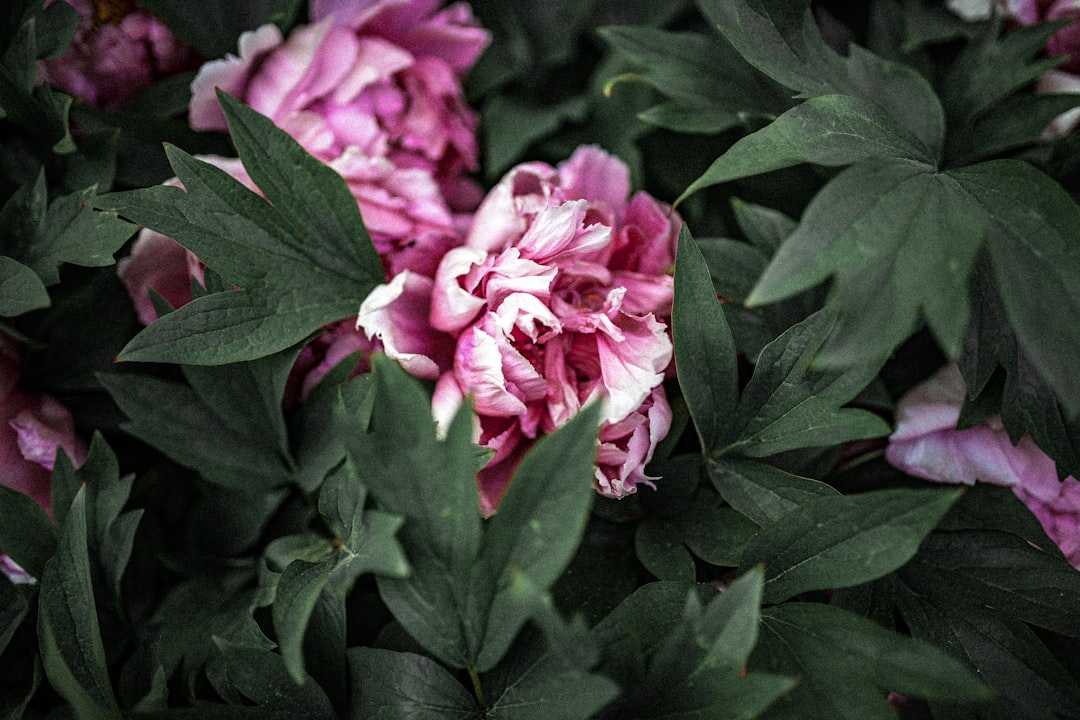Blue Hydrangeas: A Splash of Color in Your Garden

When it comes to adding a touch of elegance and charm to your garden, few plants can rival the beauty of blue hydrangeas. These stunning shrubs are not only visually appealing but also relatively easy to care for, making them a popular choice among gardeners of all skill levels. In this article, we will explore some of the best blue hydrangea varieties for your garden and learn how to keep them blue year after year.
### Best Blue Hydrangea Varieties
Endless Summer Hydrangea: This variety is known for its ability to bloom on both old and new wood, which means you can enjoy its beautiful blue flowers from early summer until the first frost. Endless Summer hydrangeas are also relatively compact, making them a great choice for smaller gardens or containers.
Bluebird Hydrangea: As the name suggests, the Bluebird hydrangea produces large, sky - blue flowers that are truly a sight to behold. It is a hardy variety that can tolerate colder temperatures and is well - suited for gardens in USDA hardiness zones 5 - 9.
Let's Dance Blue Jangles Hydrangea: This is a newer variety that offers a unique combination of beauty and resilience. Its blue flowers are held on strong stems, and it has a more compact growth habit compared to some other hydrangea varieties.
Taube Hydrangea: The Taube hydrangea features delicate, lace - cap flowers in a lovely shade of blue. It is a slow - growing shrub that can add a touch of sophistication to any garden setting.
### Soil Requirements for Blue Hydrangeas
The color of hydrangea flowers is largely determined by the pH level of the soil. For blue hydrangeas, you need acidic soil with a pH between 5.0 and 5.5. To achieve this, you can add organic matter such as peat moss, pine needles, or coffee grounds to your soil. These materials will help lower the pH and keep your hydrangeas blue.
You can also use soil acidifiers specifically designed for hydrangeas. These products usually contain sulfur or aluminum sulfate, which can effectively acidify the soil. However, it's important to follow the instructions on the product label carefully to avoid over - acidifying the soil, which can harm the plants.
### Watering and Fertilizing
Blue hydrangeas need consistent moisture, especially during the hot summer months. Water them deeply at least once a week, and more often if the weather is particularly dry. Make sure the soil drains well to prevent root rot.
When it comes to fertilizing, use a balanced fertilizer formulated for acid - loving plants. Apply the fertilizer in early spring and again in mid - summer. Avoid over - fertilizing, as this can lead to excessive foliage growth at the expense of flower production.
### Pruning Blue Hydrangeas
Pruning is an important part of hydrangea care. For most blue hydrangea varieties, it's best to prune them in late winter or early spring. Remove any dead, damaged, or weak branches. You can also shape the plant by selectively pruning some of the older stems to encourage new growth.
However, be careful when pruning varieties that bloom on old wood, such as some of the lace - cap hydrangeas. Pruning at the wrong time can remove the flower buds and reduce the number of blooms in the following season.
### Protecting Blue Hydrangeas in Winter
In colder climates, blue hydrangeas may need some protection during the winter. You can mulch around the base of the plant with a thick layer of straw or shredded leaves to insulate the roots. You can also cover the plant with a burlap sack or a frost blanket to protect it from harsh winds and freezing temperatures.
In conclusion, blue hydrangeas are a wonderful addition to any garden. By choosing the right varieties, providing the proper soil conditions, and following good watering, fertilizing, pruning, and winter protection practices, you can enjoy their beautiful blue flowers year after year.